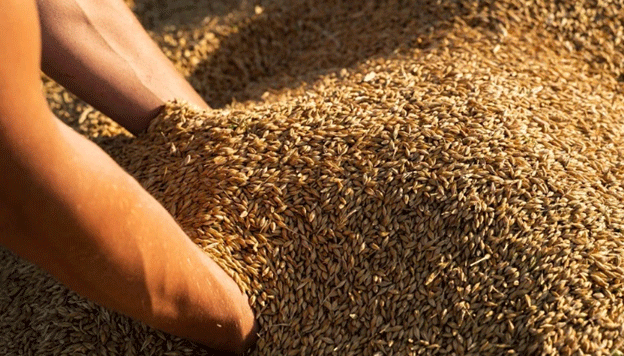The 2024/25 agricultural season is shaping up to be one of the most profitable in recent years for Russian grain producers — especially for those growing barley and corn. According to RUSEED, a leading Russian agricultural analytics company, the profitability of barley production could reach 29–30%, nearly double that of the previous season.
The main driver behind this increase is a 26% rise in selling prices, prompted by a sharp drop in total harvest volumes — from 21.15 million tons in 2023 to just 16.7 million tons in 2024. The tighter supply created favorable conditions for price growth, despite production costs remaining relatively high.
Still, analysts caution that even with this positive trend, profitability levels remain below those seen in 2020/21 and 2021/22, when input costs were lower, and price pressures were less intense.
Corn: A Parallel Growth Story
Corn growers are also poised to benefit. RUSEED projects that corn profitability will increase from 26.4% to 40.7%, largely due to a 30% increase in market prices compared to last season.
As with barley, the price surge is tied to reduced production: in 2024, Russia’s corn output fell to 13.2 million tons, a drop of 3.4 million tons from the previous year, primarily due to adverse weather conditions in key growing regions.
Compounding this was a notable reduction in carryover stocks. As of the end of February 2025, corn reserves held by medium and large agricultural enterprises fell to 2.64 million tons, down from 2.95 million tons the year before — a 10.3% decrease. The lower availability of corn on the market further supported stronger pricing dynamics.
Global Context and Domestic Implications
The developments in Russia mirror broader global feed grain market trends, where supply constraints in key exporting countries like Australia, Ukraine, and parts of South America have led to tightening inventories and firming prices. For Russian farmers, this means that 2024/25 could be a critical year to capitalize on favorable export opportunities, particularly in the Middle East and North Africa.
However, input costs remain a concern. The profitability gains are occurring in a context of 20–30% increases in input prices, including fertilizers, seeds, and plant protection products. This highlights the importance of cost-efficient practices and precision agriculture tools for maintaining margins in the years ahead.
In a season marked by tighter grain supplies and climbing prices, barley and corn producers in Russia are finally seeing the reward of their resilience. While not yet at peak profitability levels from earlier years, 2024/25 offers a rare window of opportunity for farmers to strengthen financial performance. Going forward, strategic cost management and market positioning will be key to sustaining this momentum.
Error





